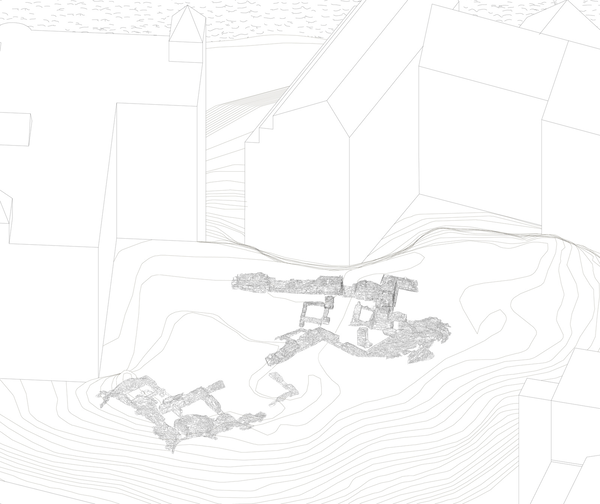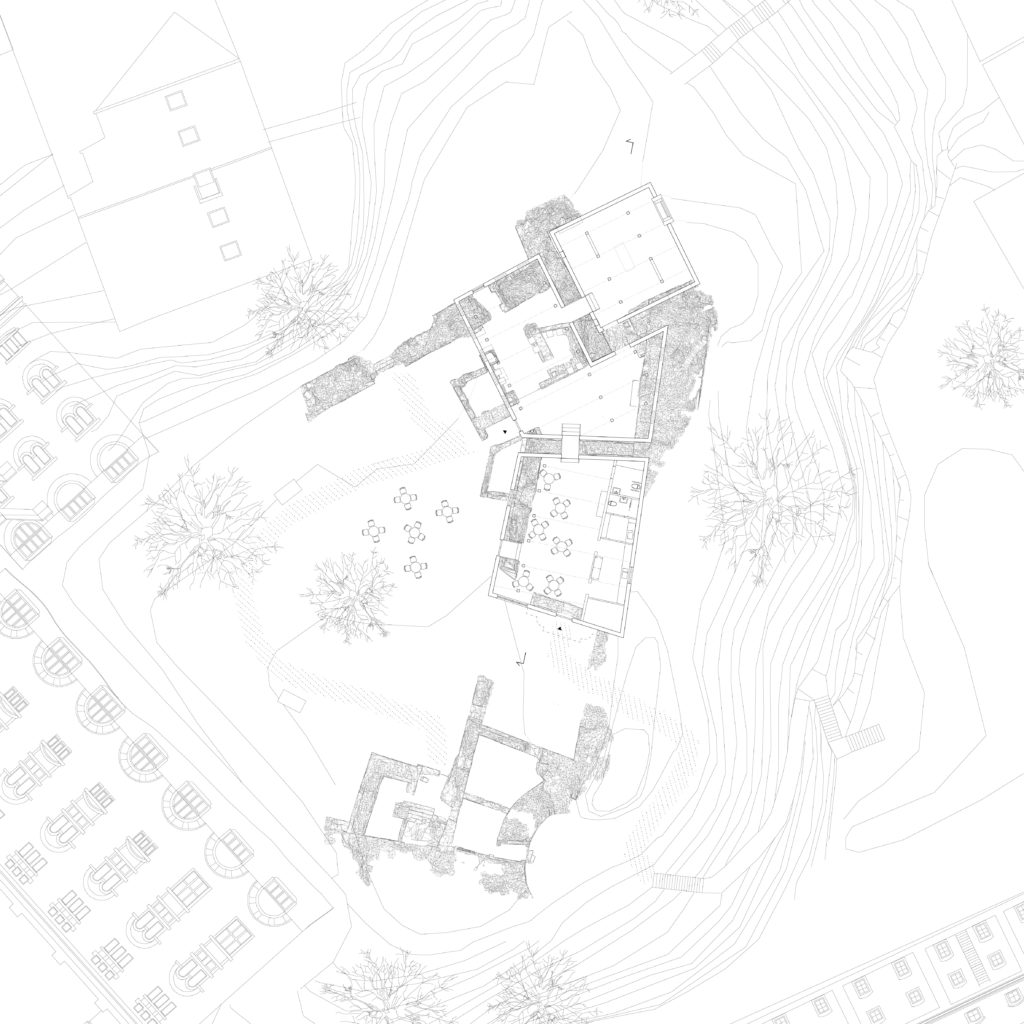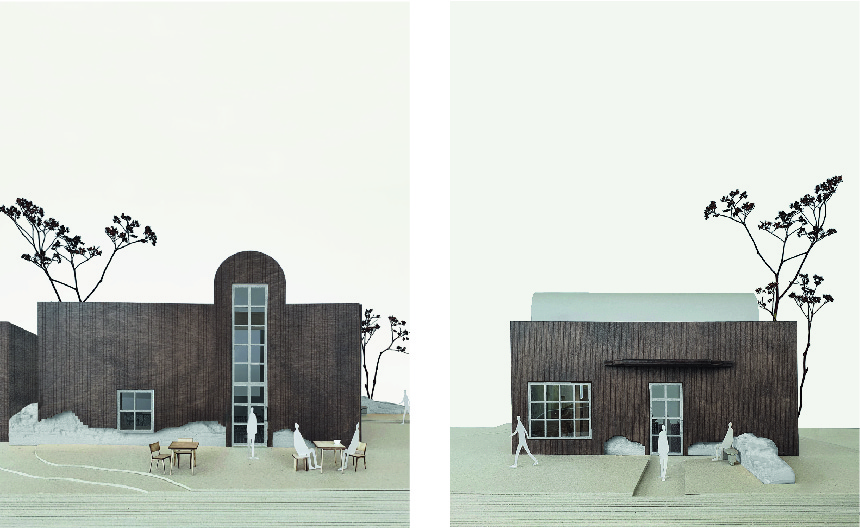Tracing forward
Exploring the interplay of a historical landmark and the new material world

In times of change driven by contemporary concerns, the question of how to relate to the existing naturally arises. It has long been present in the architectural debate and in recent times the focus has increasingly shifted to creating the new from the old where preservation has gained new relevance in architecture. As this thesis argue, the challenge lies in how to interact with a historic landmark and adding new layers that reflect contemporary architecture without neglecting its past. The aim is to bring a new perspective to the debate, deviating from the traditional view on preservation yet highlighting the value of historical layers in architecture.
The use of history in the form of narratives as well as material traces can construct new relationships in architecture. Introducing the notion of palimpsest, referring to something altered with visible traces of its earlier form, into the design process offers an approach to the relationship between existing architecture and architecture added at a later stage. Through superimposing of information, various representation techniques and design studies the thesis approaches the many layers of a historic remnant and explores how architecture can recompose environments with cultural-historical value. Furthermore, it resonates around the ruin as phenomenon and questions whether to intervene with a buildings ”natural state of ruination” as suggested by Stephen Cairns and Jane Jacobs.
The thesis results in a speculative design proposal of an exhibition hall added onto the ruins of Älvsborg’s old castle in central Gothenburg. The addition is divided into three parts – café, historic museum and contemporary art gallery – and each volume has its own function and character. Some parts of the design are based on facts while others on fiction, since there is no complete documentation of the castle’s appearance. The design incorporates the ruin in its current state, without restoring it, making it a part of the new architecture. The interventions made in the existing structure are minor and what has been subtracted from the ruin is visibly reused elsewhere as pieces of spolia. Combining a pragmatic view on the ruin as reused building material with critical regionalism, where historical characteristics are traced and reinterpreted, creates a multilayered architecture. The design proposal resembles a fictional collage with a tension between purism and symbolism, where tectonics play a major role in the architectural expression. The result embodies a new take on preservation of historical landmarks with focus on superimposing layers of time.

The idea behind preservation is that historically charged structures should be accessible for future generations, but it is important to question how this is implemented since society is constantly evolving and nothing remains static. In order to convey the value of a cultural heritage, it must be made visible and be experienced by people. Intervening with the ruins of Älvsborgs old castle by adding a new public program would favor the site to a greater extent. The ruin would not only be conceived as a historic object but as a part of a contemporary context, where combined functions create an interactive experience and in addition, encourage people to stay longer at the site. This enables a more dynamic way for the visitors to consume history and manage cultural heritage.

The purpose of this thesis has been to discuss the relationship between architecture and cultural heritage and the role of tectonics. It aspires to broaden the view on cultural heritage and show that it’s possible to make a contemporary addition to a historic structure and still embrace the basis of preservation.
Contact / sophie.pedersen@outlook.com / veronica.thorfve@hotmail.se